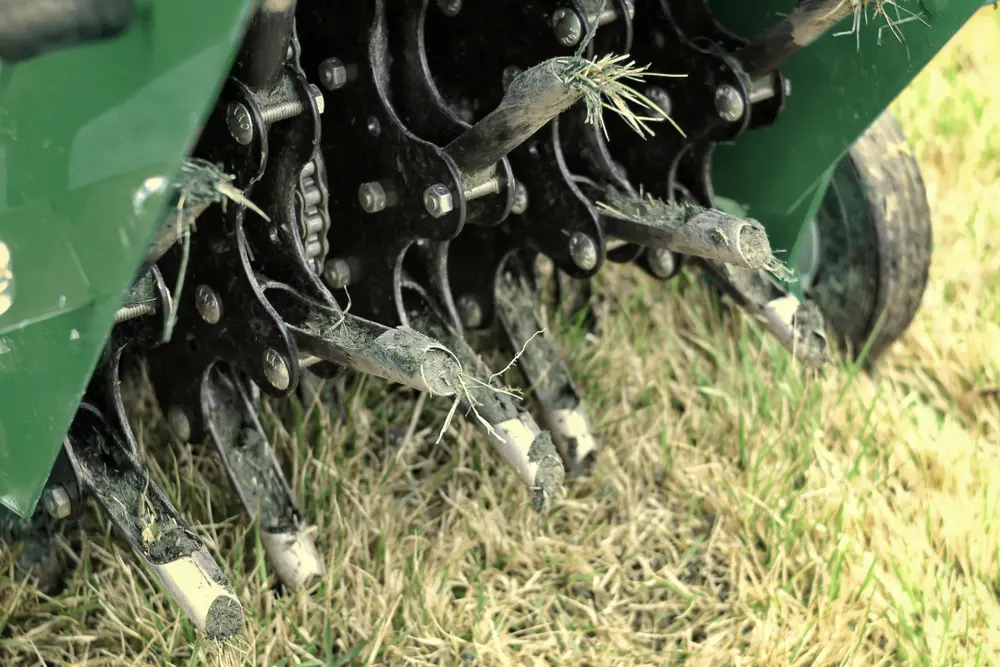
Does your lawn look patchy or generally unhealthy even if you try to keep up with its fertilization and water schedule? If so, the problem may be that the soil is too compacted. Compacted soil prevents water, air, and nutrients from reaching the grass’s root system. Over time, the grass will begin to wither and die, no matter how much effort you put into it.
So, what’s the solution? Instead of watching as your yard succumbs to the effects of compacted soil, you can aerate your lawn to ensure it receives all of the nutrients it needs. But how often should you aerate your lawn exactly? That’s a great question! Here’s everything you need to know about lawn aeration:
When to Aerate Your Lawn
In order to understand when to aerate your lawn, you must consider a few different factors, including the soil’s composition, the type of grass, and how frequently your lawn is used. After evaluating these factors, you can create the perfect aeration schedule for your landscape:
Soil Composition
For lawns growing in heavy, clay soils, aeration might be necessary once or even twice a year due to their tendency to compact more easily. Such soils restrict nutrient uptake and water infiltration, making regular aeration essential for maintaining a healthy lawn. On the other hand, sandy or loam soils, which are better at allowing nutrients and water to move through them, might not require as frequent aeration.
Type of Grass
Warm-season grasses benefit most from being aerated in late spring or early summer, while cool-season grasses should ideally be aerated in early spring or fall. This timing ensures that the grass has time to heal and fill in any open areas after soil plugs have been removed.
Foot Traffic
Lawns that are subject to heavy use, whether from pets running around or children playing, should be aerated more frequently — such as twice a year. This is because constant pressure on the grass can lead to soil compaction, which aeration can help alleviate.
Can You Over-Aerate Your Lawn?
While aeration is beneficial, it is possible to overdo it. Over-aerating your lawn can disturb the soil structure and harm the root system. If done too frequently, it can lead to an increase in weed proliferation and create an environment that is more susceptible to diseases. Generally, unless your lawn is experiencing severe compaction issues, aerating more than once a year is usually unnecessary and could potentially damage your lawn rather than help it.
When Should You Not Aerate Your Lawn?
There are certain conditions under which you should avoid aerating your lawn. Do not aerate when the lawn is stressed, such as during periods of drought or extreme heat. Aeration under these conditions can cause further stress to the grass. Additionally, it’s best to avoid aerating when the soil is too wet, as this can lead to compaction rather than alleviating it. Wait for the soil to dry out somewhat before proceeding with aeration.
Finally, if your lawn has recently been seeded or sodded, it’s best to wait until the new grass has established a strong root system before aerating. Aerating too soon after seeding can disrupt seed germination and inhibit grass growth.
Schedule a Professional Aeration Service Today
If you’re unsure about when or how often to aerate your lawn, turn to our lawn care service company for assistance. We have the expertise and equipment necessary to accurately assess your lawn’s specific needs and determine the optimal timing and frequency for aeration. Keep your lawn looking healthy and beautiful year-round by contacting us today!

